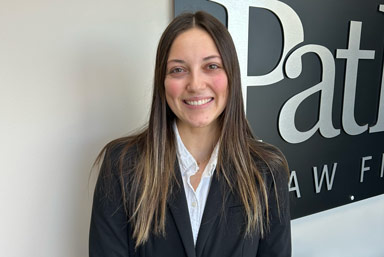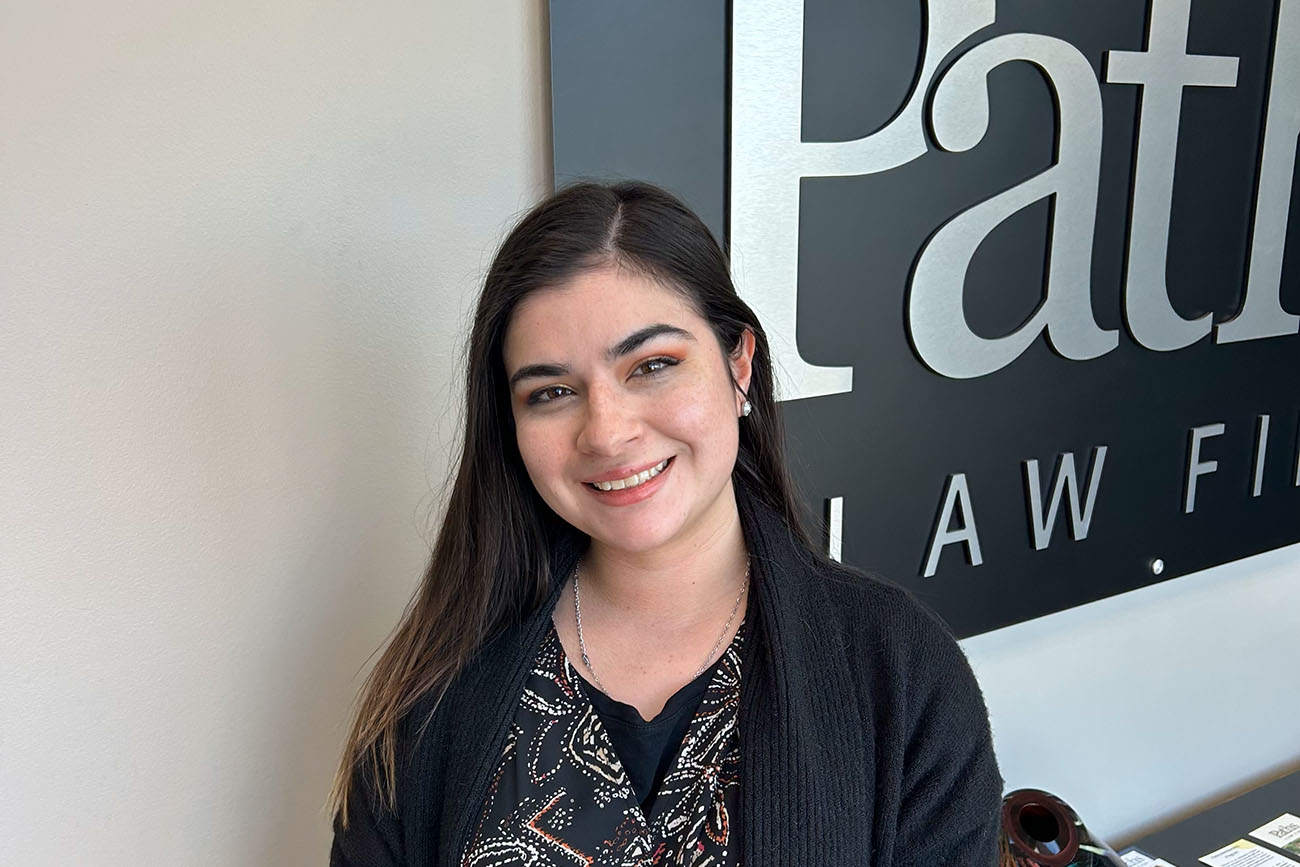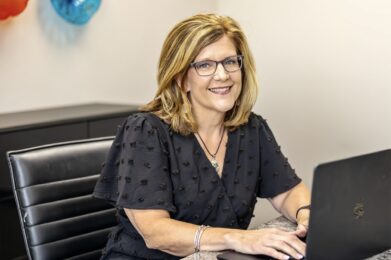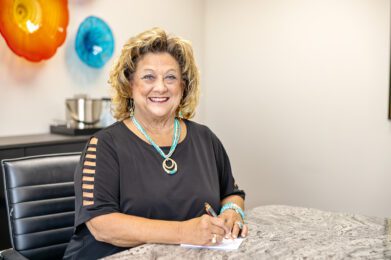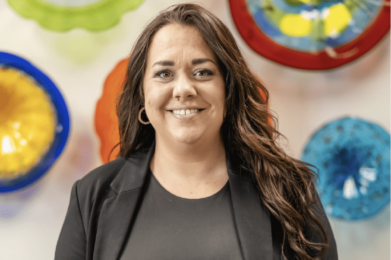Abuse does not discriminate against age, race, religion, gender, or ethnic background. Our elderly should be receiving care with dignity and respect. The sad truth is abuse can happen no matter who you are. Elder abuse is most often broken apart into five different subtypes: physical elder abuse, financial abuse, scams and exploitation, neglect and abandonment, psychological abuse, and sexual abuse. According to the National Counseling of Aging, over 5 million seniors fall victim to elder abuse each year in the United States.
No one wants to think someone they love is the subject of abuse, especially when related to elderly parents or grandparents. It can be challenging to identify abuse is happening behind closed doors. However, it is crucial to know the signs and risks. In this article, we will be focusing on what physical elder abuse is, the signs of abuse, why it happens, and what you can do if you suspect someone you know is a victim of this crime.
This blog is for educational purposes only and should not be considered legal advice. The use of the Paths Law Firm website does not constitute a client-lawyer relationship.
What is Physical Elder Abuse
Physical elder abuse is when someone physically injures an older adult, causes them pain, distress, functional impairment, and even death from the use of physical and intentional force. This type of abuse may include hitting, kicking, restraining, pushing, shoving, slapping, or burning. This abuse often shows itself in visible injuries. However, some acts of physical abuse do not. One such example of physical abuse against seniors not showing visible signs is locking a senior in a room.
This sad form of abuse victimizes older people and can leave them reeling in the aftermath for months or even for the rest of their life. Elder abuse can take many forms; however, one thing common in all physical abuse types is the distress caused to the individual and the whole family when the incident comes to light. It is important to note when physical abuse exists, other forms of abuse may likely be present.
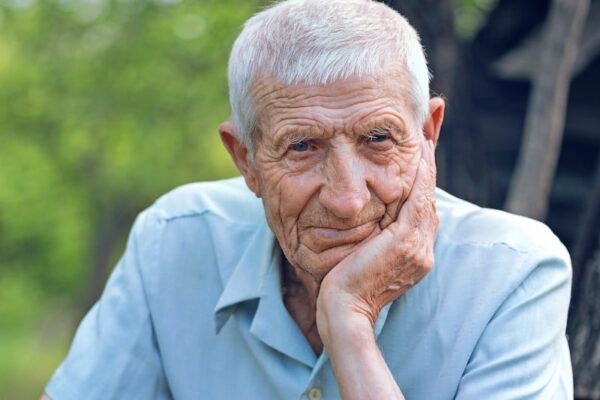
Warning Signs To Watch Out For
All family members need to know how to recognize the signs of physical elder abuse. Unfortunately, it is not always apparent abuse is happening. Below are some of the physical and emotional symptoms indicating further investigation is required:
Physical Signs of Abuse
- Bruise marks (these may especially be around the arms)
- Hair loss or tooth loss
- Burn marks (these may look like the burn from a cigarette or appliance)
- Unexplained weight loss or signs of malnutrition
- An onset of poor hygiene
- Problems sleeping
- Messy appearance
- Dislocated or broken bones

Physical signs may not always be visible in the circumstances related to abuse situations. However, emotional symptoms of abuse can be more challenging to hide. These include the following:
- A withdrawal from activities which the older adult usually enjoyed
- Signs of depression, confusion, or anxiety
- A quieter disposition when spending time with family members
- A more anxious nature
- A strained relationship between the caregiver and senior
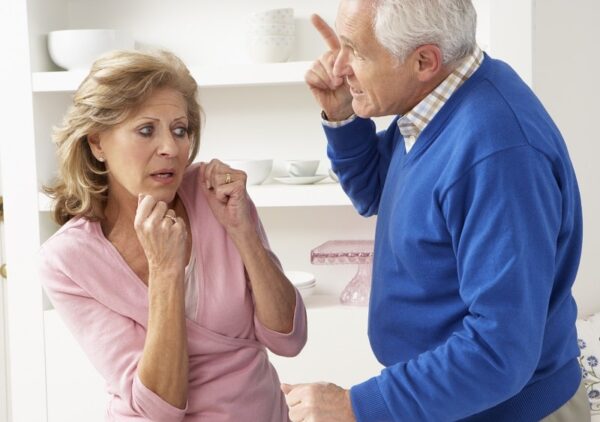
Signs of Abuse From A Healthcare Perspective
There are a few obvious signs of physical abuse alerting further investigation from a health care perspective; these are as follows:
- Various trips to emergency rooms at different locations over some time (to avoid detection)
- Hospitalization several times for similar type injuries
- A delay in the caregiver seeking treatment for an injury sustained by the older person
Causes Of Physical Abuse And Risk Factors
What causes a caregiver of an older adult to be abusive? How can a role of providing care turn into a situation of abuse? Are there factors related to the care recipient which can increase their risk of being physically abused? Allow us to answer these questions in turn by first looking at the caregiver’s role and then the circumstances of the senior care recipient.
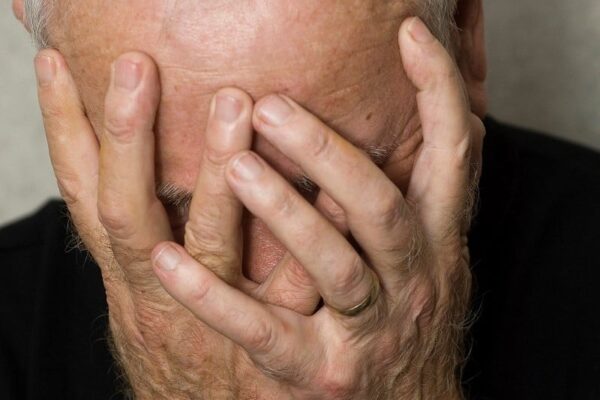
Risk Factors Related To The Caregiver
Unfortunately, it is not possible to provide one typical cause of such sad scenarios. There is an endless list of reasons why physical elder abuse occurs. In some cases, it is difficult to identify one sole basis for the abuse. That said, where caregivers negatively suffer themselves, there could certainly be a greater risk. Below is a list of situations when caregivers may be more likely to commit abuse: When they are under the influence of alcohol or drugs.
- The caregiver has a criminal history
- In cases where they are suffering from an illness related to their mental health
- Where they live permanently with the person they care for
- If they have suffered abuse themselves as a child
There is never an excuse for physically abusing another person. The above list highlights reasons increasing the likelihood of physical elder abuse. A difficult caring situation which has been unfolding for years and has placed the caregiver under continual stress may also be a catalyst for physical elder abuse. Indeed, this stresses the importance of dealing with such situations before taking a turn for the worse. We will discuss this a little later on in more detail.
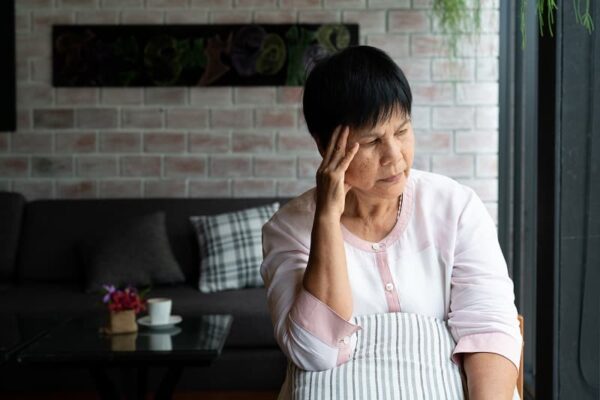
Risk Factors Related To The Senior
Several factors related to the senior may also put them at greater risk. These include the following:
Having A Disability: Unfortunately, according to the National Council of Aging, seniors with a disability are at a higher risk of suffering abuse than those who do not.
Mental Illness: According to the Alzheimer’s Association, older adults who have a neurological condition are more at risk of abuse. The higher risk factor may be related to seniors requiring more intensive care, resulting in a higher stress level for the caregiver.
Living In A Remote Area: When an older adult lives in a remote area, far away from their family, there may be a greater risk of abuse from the caregiver.
Being Over The Age Of 80: A Medical study by Northwestern University and Rush University found seniors over the age of 80 were more at risk of physical abuse than their younger counterparts.

How To Prevent Abusive Situations
The best course of action anyone can take is to do everything within their power to prevent physical elder abuse from happening. While we may not have the ability to avoid some circumstances, even where a host of preventative measures are in place, there are certain things we can control. Below is a list of things to help prevent the abuse of our seniors:
Make Regular Visits
Whether the senior within the family lives in a nursing home or is cared for in a family member’s home, regular visits are essential to ensure they are being cared for and abuse is not occurring. Such frequent visits go a long way to show caregivers the family is vigilant and want to feel confident their loved one is being cared for appropriately. Regular visits also provide an opportunity to take note of any warning signs of abuse, as listed above.
Take Note Of The General Environment
When visiting a nursing home, the residence’s general state is a good indicator of how seriously the staff takes their jobs. The facility should be in good condition, with attention to detail, and the team should appear happy and dedicated as they care for the residents. An unkempt nursing home with staff members who look frustrated and unhappy could be an at-risk environment for physical elder abuse to take place.
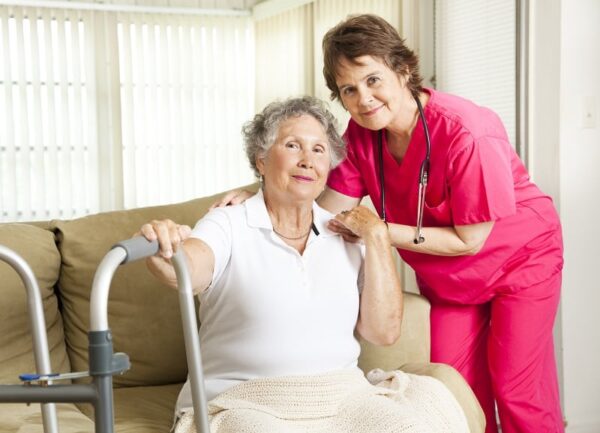
Be Aware Of Mounting Stress In Family Care-Scenarios
If a family member provides care, the whole family needs to keep in touch and be honest and upfront with each other regularly. The family member who is the primary caregiver may find themselves in a continual cycle of frustration and anxiety. As we noted above, these factors can be dangerous catalysts for abuse. By the whole family viewing their senior care as a collective responsibility and ensuring the primary caregiver has sufficient respite and support, it is more than possible to prevent or significantly minimize the risk of mistreatment or abuse occurring within the family setting.
There is also a responsibility on the actual primary caregiver to be aware of their limitations, recognize situations causing feelings of anger or resentment, and plan how to cope in such cases. Asking for help and support should never be viewed as a failure in the role of caregiver. After all, the caregiver also requires care and support. For more information on caring for a caregiver, read our blog “Caring for the Caregiver – Self-care Tips to Prevent Burnout.”
What to do If You Suspect Abuse
Reporting abuse of a senior can be a stressful and traumatic experience.
Act Immediately
When physical abuse is suspected, it is crucial to act immediately. Often, older adults are more fragile, in the physical sense, than when they were younger. With age, our bodies become more prone to injury and broken bones. The abuse of an older adult can be life-threatening.
Even if the injury does not seem significant, it is imperative to act without delay. A visit to the emergency room needs to be the priority. Quick treatment for physical abuse can be the difference between a long slow recovery or a faster recovery with much less stress for the senior.

Do Not Return To The Scene Of The Crime
Family members who find their loved ones suffering from abuse in a nursing home mustn’t return them to the same care facility. The senior needs to go to a safe environment after they receive treatment.
Report The Abuse
It is always best to speak up if you suspect abuse is happening. Even if you are not sure, always voice your concerns. It is crucial to report suspicions of abuse, even if the senior is no longer in the care facility where the abuse took place. No one wants the scenario to repeat itself to the next vulnerable resident in the caregiver’s hands.
Statistics On Elder Abuse In The United States
The below statistics may be shocking in showing how significant the issue of physical elder abuse is here in the United States:
- According to a 2017 World Health Organization study, 9.3% of nursing home staff said they had reported a resident’s abuse.
- The Office of Women’s Health says that physical elder abuse is more likely to be caused by a spouse or partner, in their opinion.
- The Department of Justice claims that only 1 in every 24 physical elder abuse cases are reported to the authorities.

Stories of Elderly Abuse
Margaret, age 81, diagnosed with Dementia, moved to her son’s home. Margaret did not sleep well and often had outbursts of uncontrolled anger. If left unattended, Margaret would wander away from her son’s house. Her son and daughter-in-law were worried Margaret would become lost and unable to find her way home or become injured. They decided to lock Margaret in the house to keep her safe while they were at work. A neighbor across the street saw Margaret banking on the windows and at the front door, unable to get outside. The neighbor contacted the police as well as Adult Protective Services to help Margaret.
Robert, age 73, was adamant about staying in his home. However, he needed assistance with daily living tasks. Robert hired a full-time home care aid to assist him. The aid moved into Roberts’s house so Robert could have round-the-clock assistance. The aid was very caring and nurturing initially; however, she became frustrated with Robert and began to lose her temper. She began to shove Robert to get him out of her way, in a hurry to finish tasks. The result of the abuse end with Robert falling or bruising his body. Robert’s niece Jessica came to visit and found her uncle on the bedroom floor, confused and in pain with a broken arm. Jessica contacted the police and Adult Protective Services.
Francis, age 67, moved to a long-term-care facility after being diagnosed with End-Stage Renal Disease (ESRD). His children came to visit the nursing home once a month to check on Francis. During a visit, his children noticed severe bruising on his arms and face and became suspicious Francis was a victim of abuse. The next day his children returned to the nursing care facility and installed a camera in an inconspicuous spot in the room. Francis’s children started visiting daily to check the video on the camera. A week later, they found a video of an attendant grabbing Francis by the arms and slapping him in the face. Francis’s children reported this information to the facility’s administrator and moved him to a new facility. His children also reported the incident to Adult Protective Services, which triggered state involvement by the local nursing home ombudsman and police department.
The events and characters in the stories above are fictional representations of abuse scenarios.
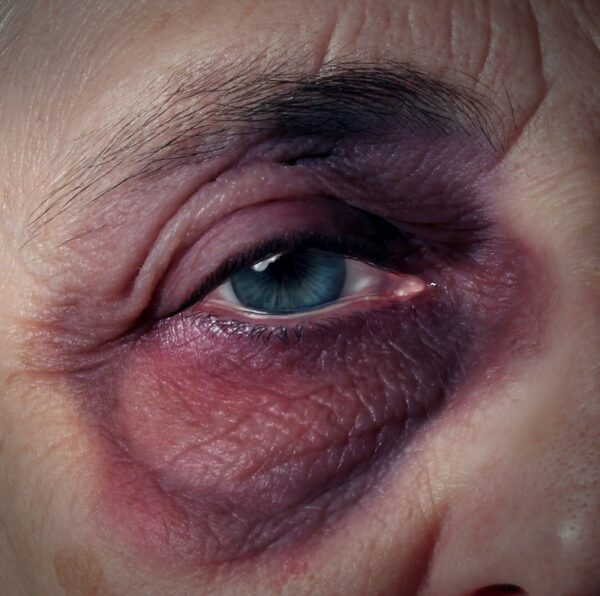
Resources and Assistance
For additional resources or assistance, click the links below:
- Adult Protective Services (APS)
- Administration for Community Living (ACL)
- Department of Justice (Elder Justice Initiative)
- Elder Justice Coalition
- National Adult Protective Services Association (NAPSA)
- National Center on Elder Abuse (NCEA)
- National Long-Term Care Ombudsman Resource Center
- Ombudsman Program
- USC Center on Elder Mistreatment
- US Government Accountability Office (GAO)
The Bottom Line
While it is undoubtedly a topic no one likes to think about, physical elder abuse can happen to anyone. Unfortunately, this type of abuse occurs more often than most people realize. To ensure the protection of our elderly loved ones, identifying physical elder abuse is crucial.
It is important to remember abuse can look different in each case. While physical injuries may be apparent, emotional injuries are more difficult to see. You may notice things such as a change in nature, withdrawing from activities, or being quieter in family members’ company. These are all signs alerting you something may be wrong.
If the signs of physical abuse are there, it is crucial to act without delay. Seek medical help, ensure a safe environment is available for the senior to return to, and report the matter as soon as possible. In this way, we can all protect the people we love and allow them to thrive and find enjoyment in the precious days lying ahead for them.
At Paths Elder Law, we are dedicated to helping seniors and their families for close to 30 years by providing legal counsel and support. We take a holistic approach in providing legal advice and consider all the issues seniors may face. If you or someone you know has fallen victim to physical elder abuse, contact Paths Elder law today. We are here to help.


















